The Increased Role of PTZs
With pandemic safety protocols forcing many industries to turn to remote video options, pan/tilt/zoom (PTZ) cameras may offer an ideal solution for those looking for better video quality than your everyday webcam.
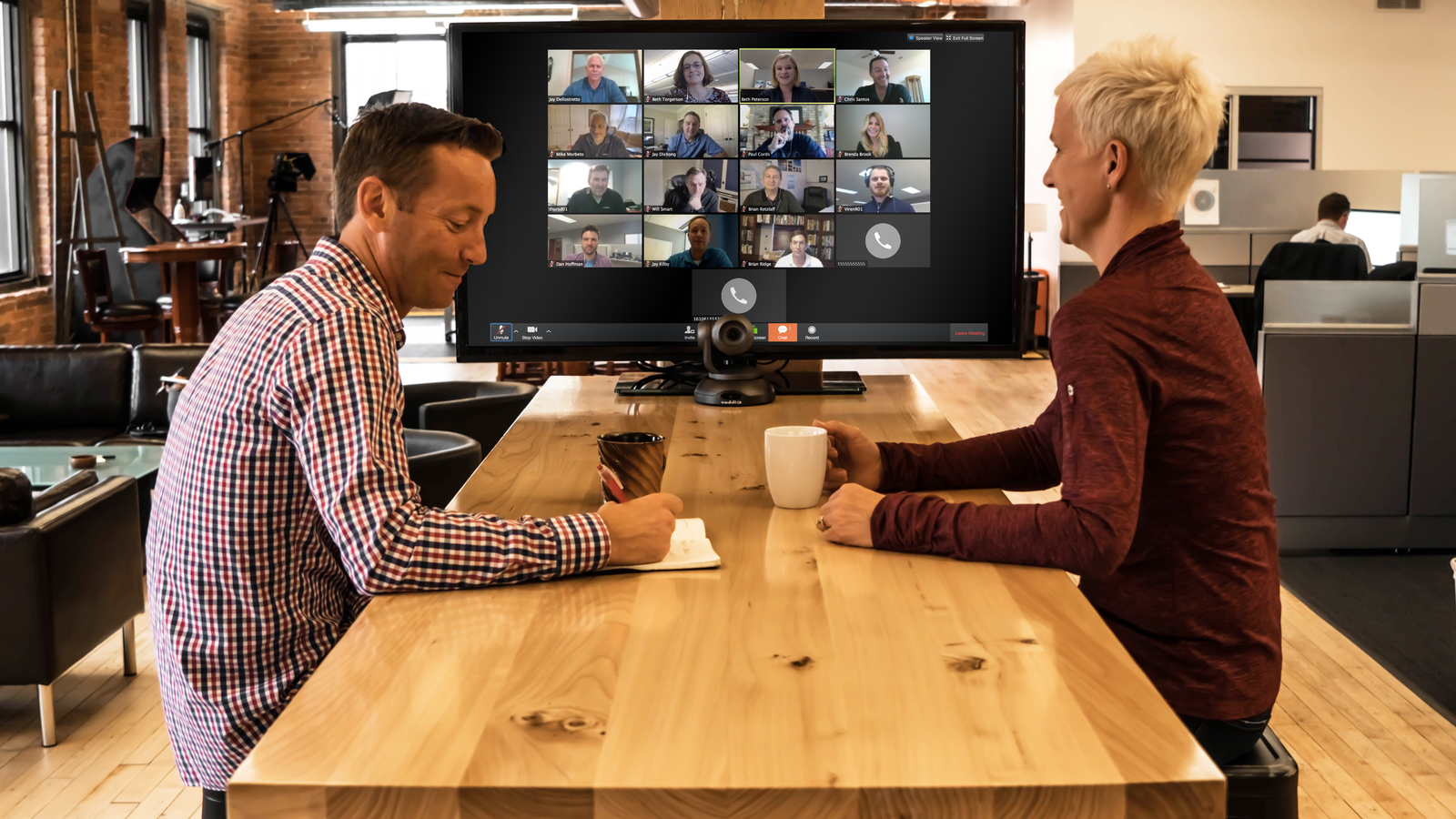
When setting up rooms or venues for video, integrators want to avoid having to budget for a full-time camera operator if at all possible. That’s one of the reasons remote video capabilities are so attractive.
With pandemic safety protocols forcing many industries to turn to remote video options, pan/tilt/zoom (PTZ) cameras may offer an ideal solution for those looking for better video quality than your everyday webcam. From conference rooms to theaters, these little dome-like cameras can make it look like you have a full production crew on call.
When it comes to engaging a remote audience, production value matters. “Video production expertise, however, is in short supply,” said Paul Richards, director of business development at PTZOptics. “The pandemic has forced many organizations to massively scale live streaming or virtual event operations, or start from scratch, without increasing staff. Adopting and integrating new technology, along with the accompanying staff upskilling required, can be a daunting prospect.”
Scroll through the gallery below to see the latest PTZ cameras for AV professionals.
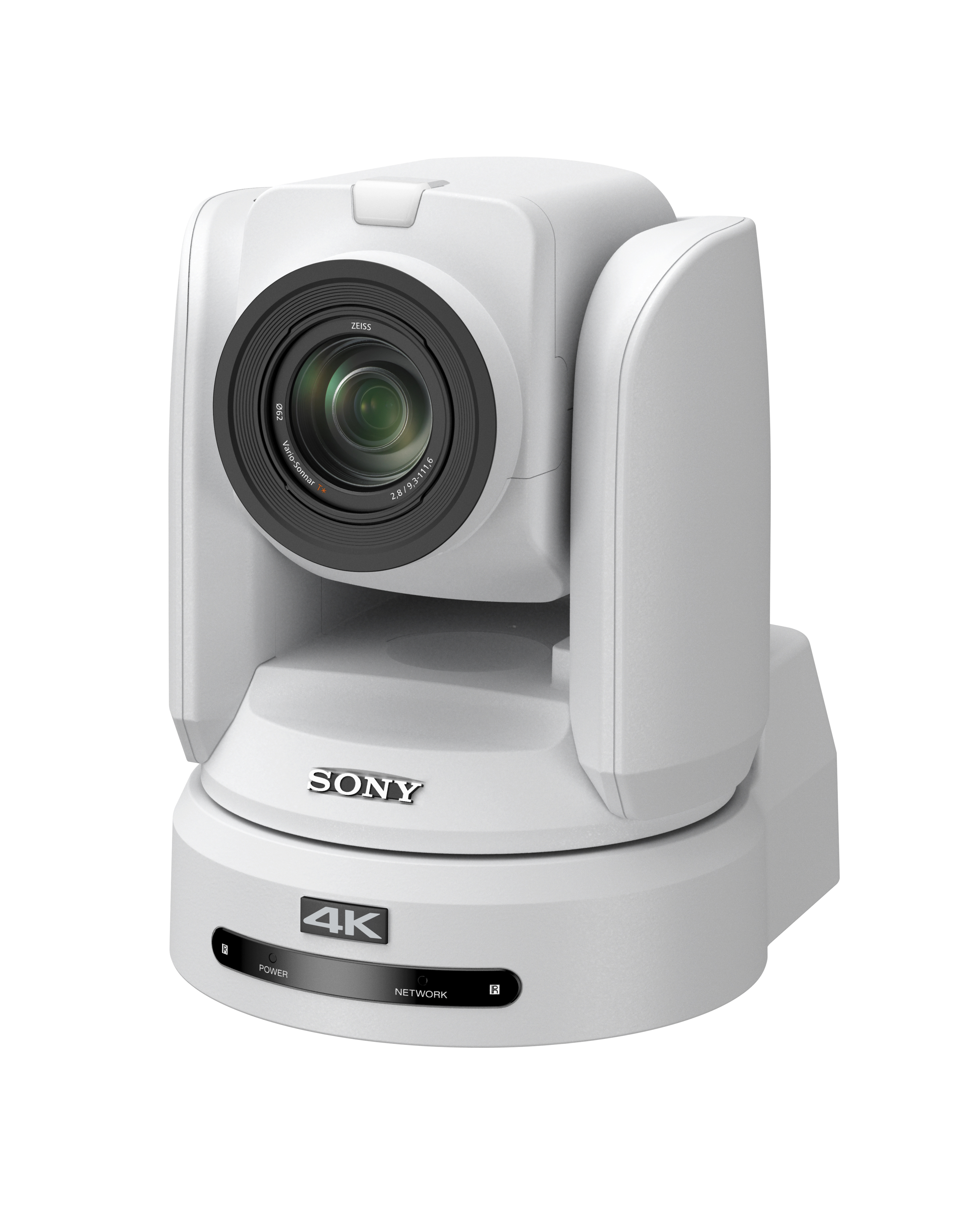
Sony BRC-X1000 PTZ Camera
Sony’s BRC-X1000 combines broadcast quality and smooth PTZ operation with the flexibility of 3G-SDI and HDMI connections. It delivers 4K resolution at 30p and Full HD images at 60p, even in low light. Recent firmware updates simplify VR/AR production workflows.

Vaddio RoboFLIP 30 HDBT In-Ceiling Camera
Vaddio's RoboFLIP 30 HDBT is an HD PTZ camera that can fully rotate into its recessed ceiling case for a smooth, unobstructed view. This unique “flipping” feature also allows room occupants to know when the camera is in use. Equipped with a low distortion lens and a high definition image sensor along with Vaddio's Enhanced Wide Dynamic Range, the RoboFLIP 30 HDBT delivers detailed 1080p/60 HD picture quality even in low-light situations. It also features 30x optical zoom and a wide 70.2 horizontal field of view.
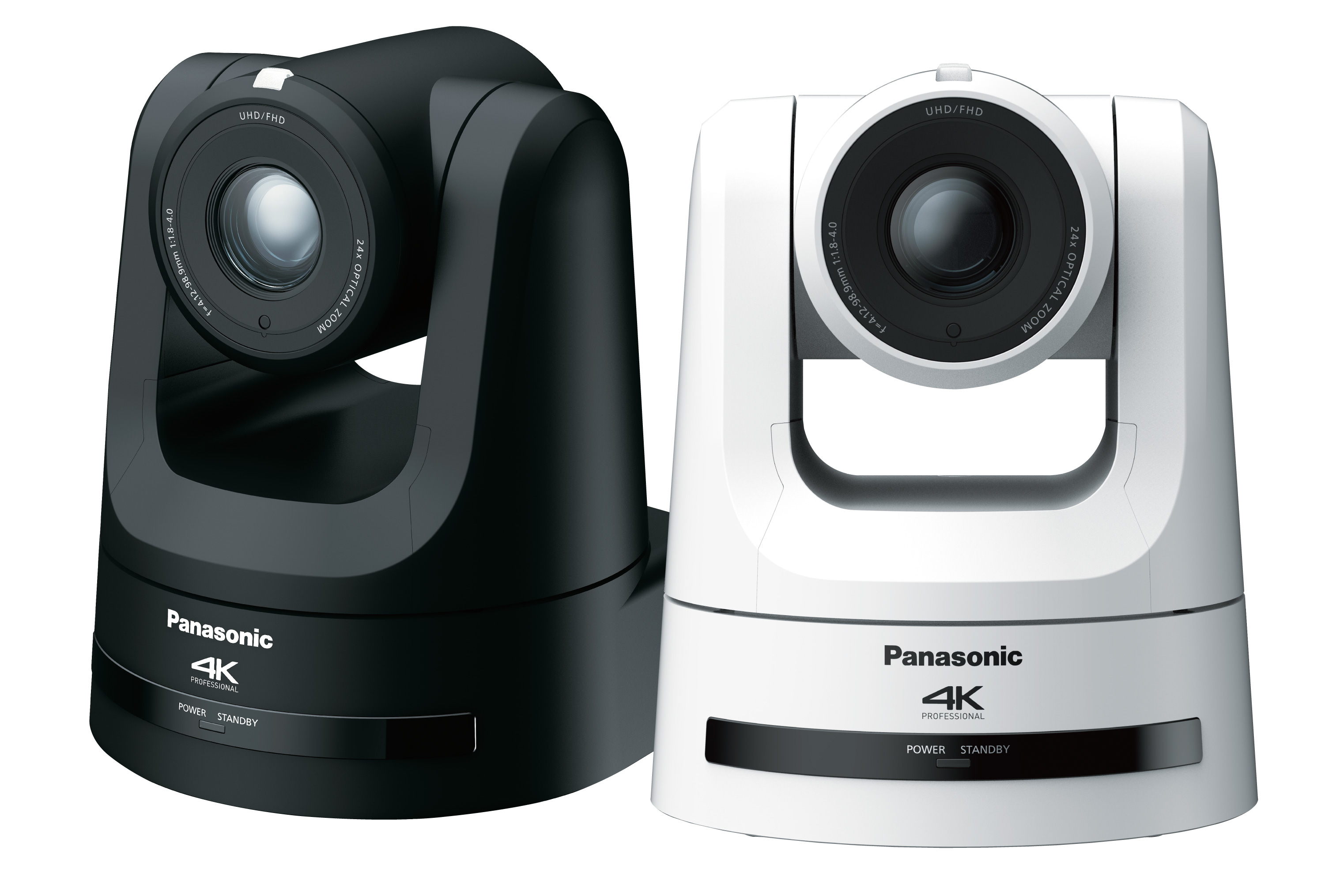
Panasonic AW-UE100 4K PTZ Camera
Panasonic’s AW-UE100 4K PTZ camera is compatible with IP transmission protocols including NDI, SRT, and FreeD, achieving flexible video production with high-quality 4K/60p video. The camera supports 12G-SDI, 3G-SDI and HDMI output.
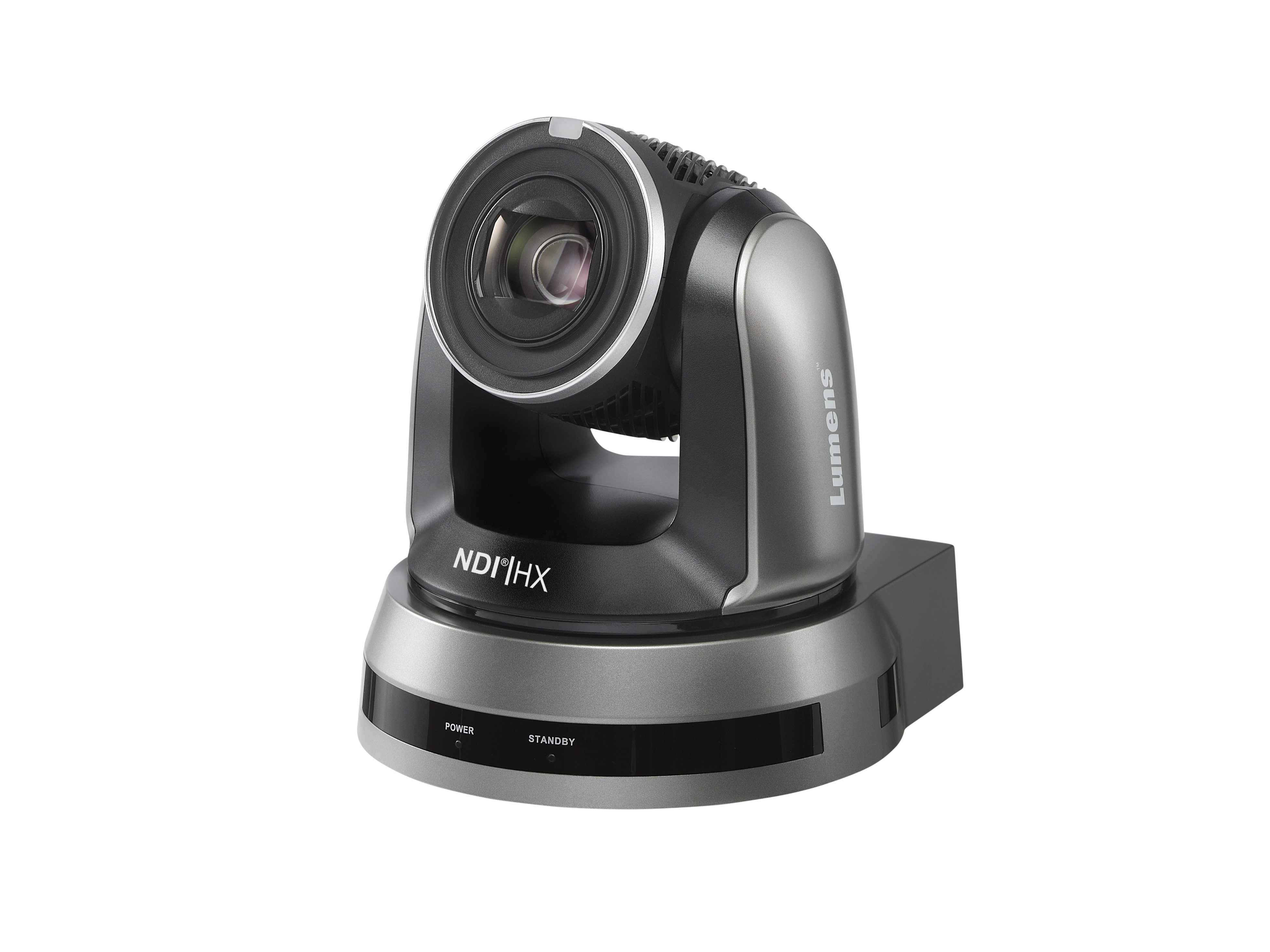
Lumens VC-A61PN 4K PTZ Camera
Lumens VC-A61PN 4K PTZ cameras deliver high-quality video with ultra-low latency. The camera supports NDI video production workflows without additional configuration. Its 30x optical zoom lens smoothly and quickly captures every detail, even in low-light conditions, and provides image detail without any distortion.
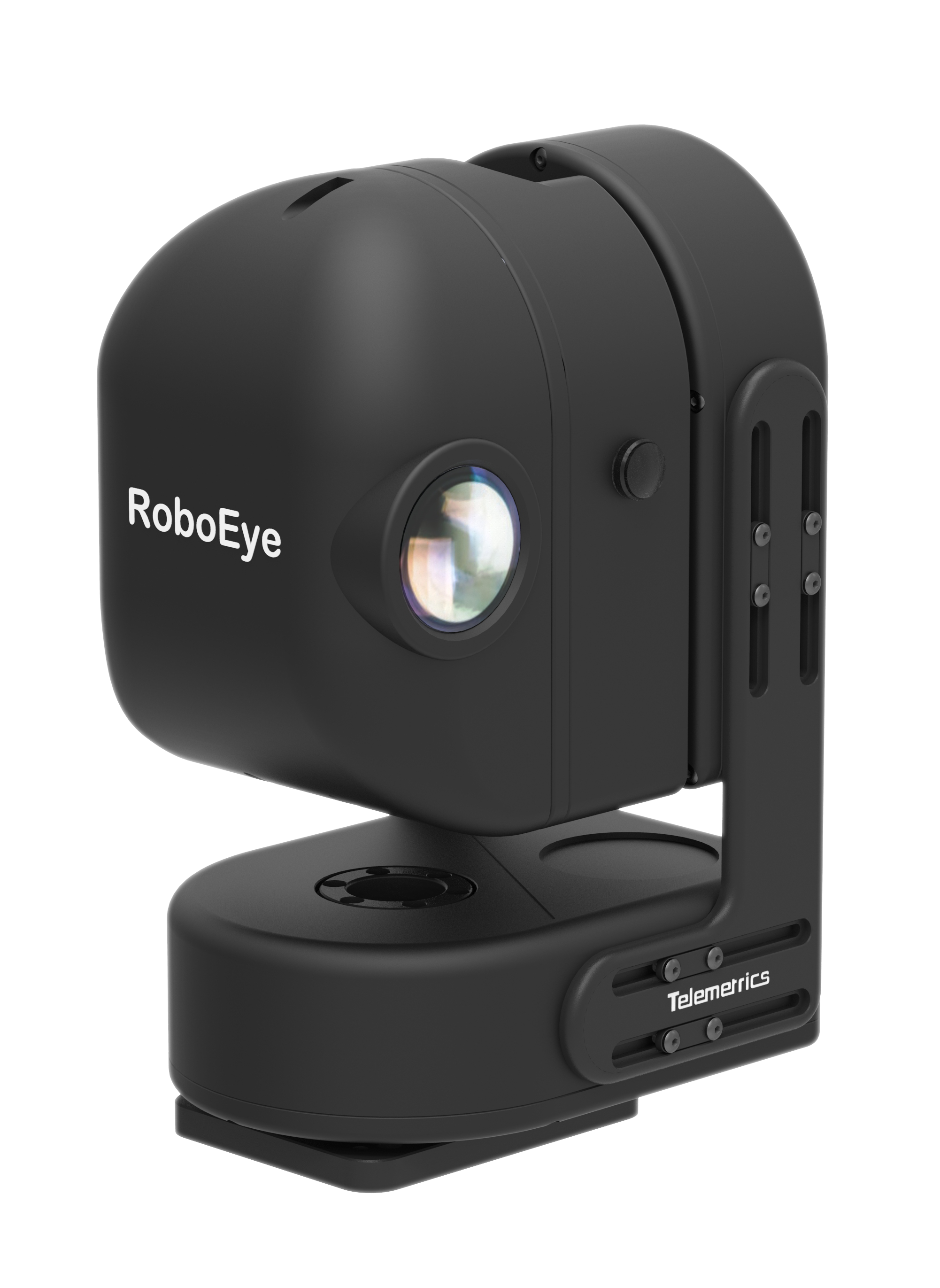
Telemetrics PT-RE-2 RoboEye
The Telemetrics PT-RE-2 RoboEye is a 4K camera system with a 1-inch-type EXMOR CMOS sensor, zoom lens, and a remotely controlled compact pan/tilt head. Robotic servo controls and motors of high position and velocity accuracy distinguish RoboEye, according to the company.
“Simply put, you need the right tool based on the job,” said Paul Cords, director of product management and sales at Vaddio. “Fixed cameras, while useful and common in personal settings, can be limiting. PTZ cameras support both multipurpose and multiuser needs in modern conferencing spaces by offering the benefits of freedom of movement and attention-getting visual interest. If a participant steps away from the table and up to the whiteboard, or if a user needs to zoom in on a particular item or area, a PTZ camera (especially with presets) allows that natural collaboration.”
PTZ at Work and School
PTZ cameras are ideal for distance learning, and for use within a network of conference and meeting rooms. With the pandemic forcing many companies and schools to turn to live streaming for meetings, events, and classes to keep attendees safe, PTZ cameras offer a cost-effective and efficient way for them to achieve that workflow. PTZ cameras offer organizations of any size the ability to live stream events through the use of pre-programmed shots and presets to capture video, alleviating the need to hire an on-site video technician. Another benefit: PTZ cameras’ wide-angle lenses allow users to capture the entirety of a large room all at once.
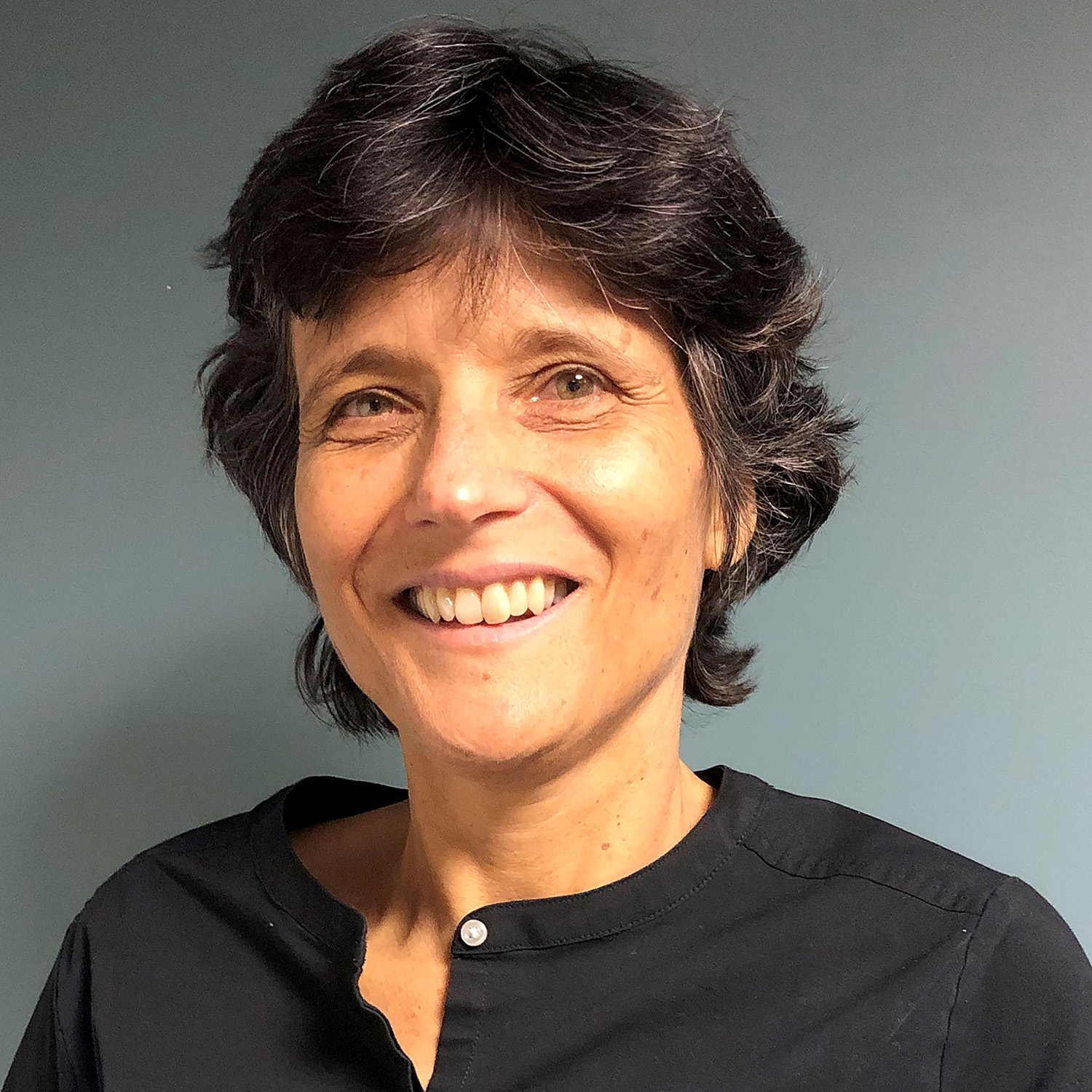
“Equipping classrooms and meeting spaces with advanced automated camera solutions today will enable flexible work and learning environments into the future. Corporations and schools that adopt this technology will be the ones to attract students and workers,” said Rony Sebok, vice president of technology at 1 Beyond.
A daily selection of the top stories for AV integrators, resellers and consultants. Sign up below.
Eddy Boyette, eastern zone manager at Lumens Integration, agreed. “In both the corporate and education sectors, PTZ camera orders have increased dramatically. The key emphasis when selecting our products is the superior image quality and the extremely low latency,” he said. “Education institutions are working on hybrid classrooms and students need to be able to see the material clearly when learning from home. Businesses are hosting virtual events, and high-resolution IP cameras allow the best video experience for the viewers. It’s amazing to see where we first started and know that our cameras are contributing a visual experience for everyone.”
[The Technology Manager's Guide to Videoconferencing and Streaming]
Live Streaming in Houses of Worship
With in-person gatherings prohibited, houses of worship have turned to live streaming their services, and PTZs often play a big role in delivering the worship message to congregants celebrating remotely.
“A recent report shows that 90 percent of churches without a live streaming system are looking to put something into place within the next couple of months,” said PTZOptics’ Richards. “Churches are large spaces and integrators should be able to help their customers choose the appropriate optical zoom. Integrators should be thinking about camera operators, or more importantly, the ability to centralize camera controls in a single location.” The company offers an ebook on this topic, Helping Your Church Live Stream, available for free at ptzoptics.com/book.
[The Integration Guide to Houses of Worship]

Pre-pandemic, many houses of worship were already looking at ways to augment the in-person experience and increase online viewership, according to Hamid James, product manager for PTZ Camera Systems at Panasonic. The COVID crisis simply sped up the implementation of remote production solutions that were already in the planning stages.
“Professional PTZ cameras with our streaming solutions are enabling churches to expand their outreach by offering more streamed content on their website and social media platforms,” he added. “Since PTZs are incredibly versatile, churches are leveraging these systems to capture more dynamic content and immerse and inspire their congregations like never before.”
The Future of PTZs
By their nature, PTZ cameras help people continue normal business operations remotely—whether it’s for a corporate meeting, a church service, a university class, or even a live streamed concert. Though PTZ cameras and other remote production technologies have been incredibly helpful during our current health crisis, their importance won’t be diminished when the pandemic ends.
“We think the new normal—even after the pandemic has passed—will be smaller crews indoors and remotely controlled technology for remote production taking a bigger role in broadcast and video production,” said Michael Cuomo, vice president at Telemetrics. “The current health scare has forced all of us to rethink how production is accomplished and find new ways to produce content safely that still looks good to viewers at home.”
Jennifer is a freelance writer and marketing consultant based in the New York City area. Within the AV industry, Jennifer loves to explore how technology can alter the world around us, creating immersive experiences unlike any other. She has years of experience working with AV integrators, manufacturers, and event production companies in developing engaging content to increase their overall awareness.

